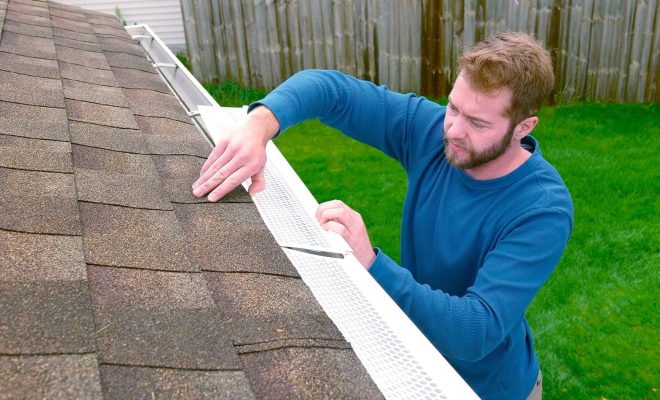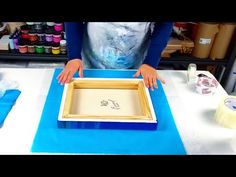How to Make a Silent Movie

Introduction
Long before the era of talkies, silent films dominated the cinematic landscape, captivating audiences with their heartfelt performances and innovative stories. Not only are silent movies an art form worth appreciating, but they’re also excellent vehicles for aspiring filmmakers to hone their storytelling skills without the need for elaborate audio equipment. In this guide, we’ll explore how to make a silent movie that showcases visual storytelling at its finest.
1. Choose your story
Step one in creating a silent movie is to choose a story that can be communicated primarily through visuals. Look for plots or ideas that rely heavily on body language, facial expressions, or action, rather than dialogue. You can either come up with an original idea or adapt an existing story for the silent medium.
2. Write a script
Craft a script that will serve as the blueprint for your silent movie. Focus on describing scenes and visuals rather than dialogue – after all, this is a silent film! Use detailed descriptions of actions and reactions to anchor your story, ensuring crucial information will be visually conveyed without words.
3. Plan your shots
Silent films often used creative camera angles and shot composition to engage viewers visually. Sketch out your shots using storyboards, indicating how you plan to frame key elements within each scene. The tighter and more descriptive these visual plans, the smoother the shooting process will be.
4. Assemble your cast and crew
Gather people who share your vision and are excited about creating a silent movie together. When choosing actors, prioritize those who excel in conveying emotions physically – remember, they won’t have spoken lines to fall back on!
5. Film with available light or on-set lighting
Because your primary mode of communication is visual, it’s crucial to ensure you have adequate lighting in each scene of your film. Whether you choose to shoot with natural light or opt for artificial lighting, make sure each shot is well-lit and balanced.
6. Incorporate title cards
Title cards were traditionally inserted between scenes in silent films to convey crucial information the audience couldn’t otherwise glean from visual cues alone. Regularly incorporating title cards into your movie helps bridge any gaps, providing important character names, setting descriptions, or snippets of dialogue.
7. Edit your film
Once shooting wraps up, begin piecing together the footage into a coherent story. Editing plays a massive role in developing the pace and overall aesthetic of your silent film. Use software like Adobe Premiere Pro or Final Cut Pro for professional results.
8. Add music and sound effects
Though silent films don’t rely on spoken words, they often utilize music to set the mood and punctuate pivotal moments within the plot. Work with a composer or source royalty-free music to create an evocative score for your film. Sound effects can also be incorporated during key action sequences or to emphasize a specific moment within the narrative.
9. Share your masterpiece
Now that you’ve successfully produced a silent film, it’s time to share it with the world! Submit your creation to film festivals, screen it for friends and family, or post it online via platforms like YouTube or Vimeo.
Conclusion
Making a silent movie is an ambitious yet rewarding creative undertaking. By focusing on visuals, assembling a team of capable actors and crew members, and utilizing editing techniques skillfully, you’ll craft a compelling piece that harkens back to cinema’s early days – and showcases your storytelling prowess in the process.






